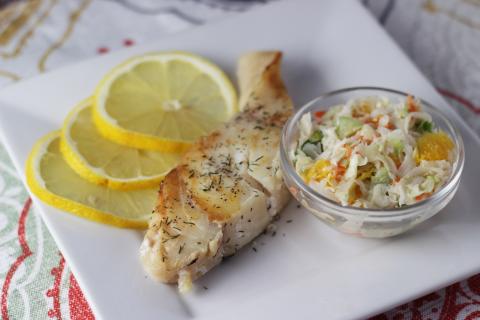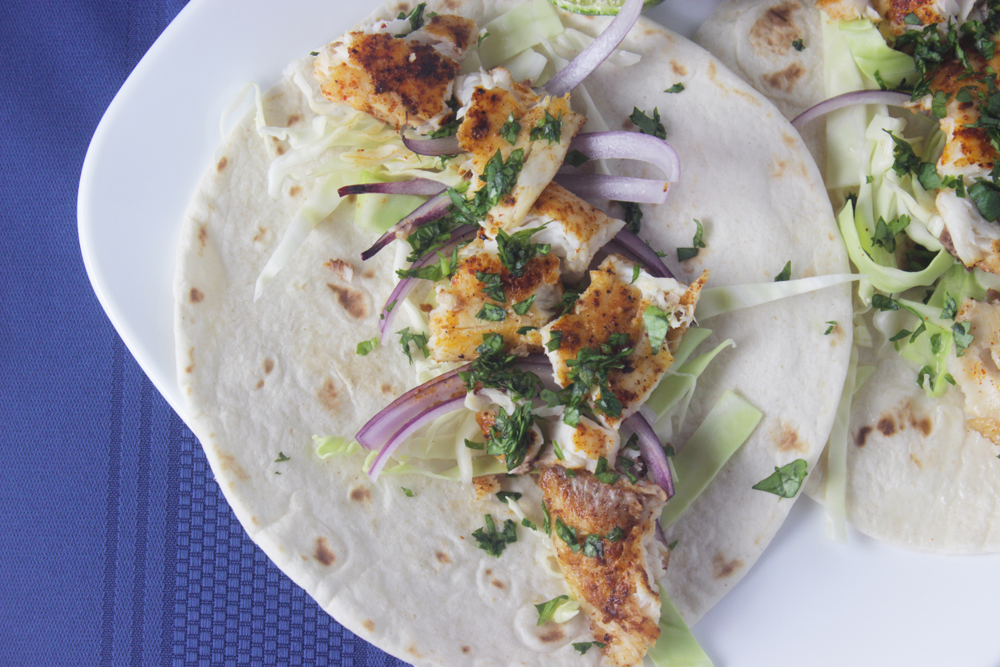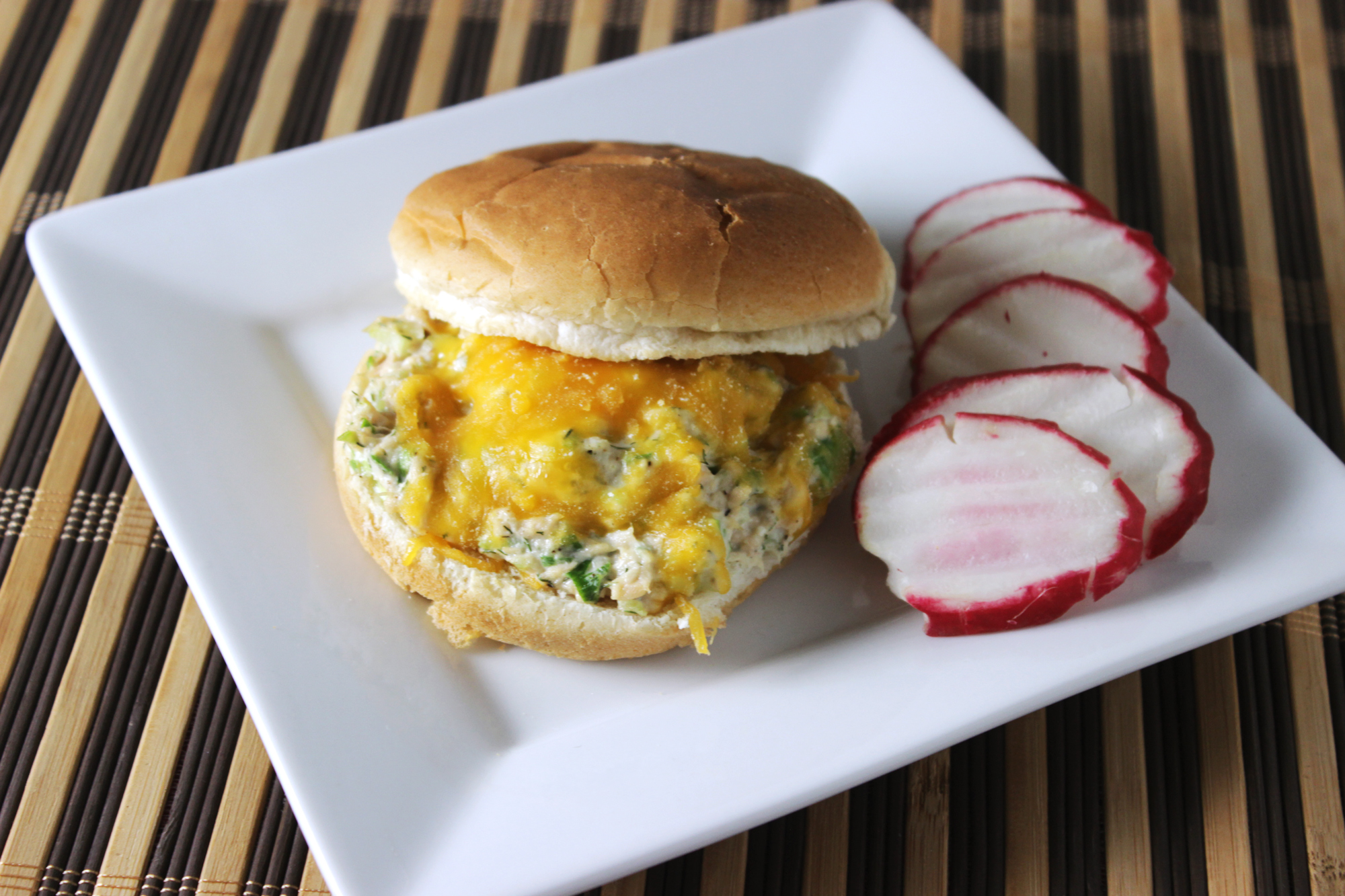
According to MyPlate, it’s important to “vary your protein routine.” Eating different foods from the protein group helps you get a variety of nutrients. One type of food from this group is fish and seafood. Even though fish and seafood might not be the most popular protein choices for a lot of Americans, there are so many different types of fish and seafood out there. Chances are you can find some that fit your tastes and budget!
Shopping for fish and seafood. You can find fish and seafood in lots of places in the grocery store, like canned, frozen, fresh, and even the deli. Canned and frozen options tend to be less expensive than fresh, yet they are just as nutritious and tasty. Look at store ads and apps for sales and coupons. When shopping, compare the labels to find the options with the lowest amounts of saturated fat and sodium (if sodium is a concern for you). Try buying it plain, then add sauces and seasoning yourself. This way, you can control what and how much is added.
Fish and Seafood Benefits and Considerations:
- Fish and seafood are a good source of healthy fats and important vitamins and minerals. They are also low in sodium and saturated fat.
- Some types of fish, like salmon and trout, are natural sources of vitamin D, a nutrient that many people don't get enough of.
- Children under age 12 and people who can become pregnant, are pregnant or breastfeeding should avoid fish that are high in mercury. Examples of fish that are high in mercury are shark, swordfish, tilefish, king mackerel, orange roughy, and marlin.
- Some seafood options that are lower in mercury are salmon, anchovies, sardines, Pacific oysters, trout, tilapia, shrimp, catfish, crab, and flounder
How much should you eat? MyPlate recommends that adults eat about 8 ounces of seafood each week. To give you an idea of what this looks like, think about a deck of cards, which is about the same size as a 3-ounce serving of fish.
Tips for cooking and enjoying fish:
- If you’re not a fan of fish, choose types with a mild, less “fishy” flavor like tilapia, cod, or flounder.
- Fish and shellfish don’t take very long to cook. It can be a quick and easy meal. Be careful not to overcook it because it can get dry and rubbery. The internal temperature should be 145° F or until it flakes easily with a fork.
- Try cooking or serving it with bright flavors like lemons or tomatoes. Dill, cilantro, and parsley are some herbs that add nice flavors to fish and seafood.
- Frying is a very common way to cook fish, but this can add a lot of extra calories from fat. Instead, try baking, broiling, stewing, sautéing, stir-frying, or grilling your fish and seafood.
- Add crunch by coating fish filets or shrimp in a mixture of dried herbs and breadcrumbs, finely crushed crackers, or crushed tortilla chips. Bake in the oven for about 20 minutes or until it flakes easily with a fork.

Other ways to add fish and seafood to your meals:
- Top salads with canned tuna, salmon, or shrimp.
- Add fish or shellfish to soups and stews, like this Quick Shrimp Gumbo.
- Enjoy baked fish filets as a tasty main dish.
- Turn canned salmon or shrimp into burger patties for your next cookout.
- Try fish tacos for a new take on an old favorite.
Eating more fish and seafood is a great way to follow MyPlate’s recommendation to vary your protein routine. Give some of these delicious fish and seafood recipes a try!


